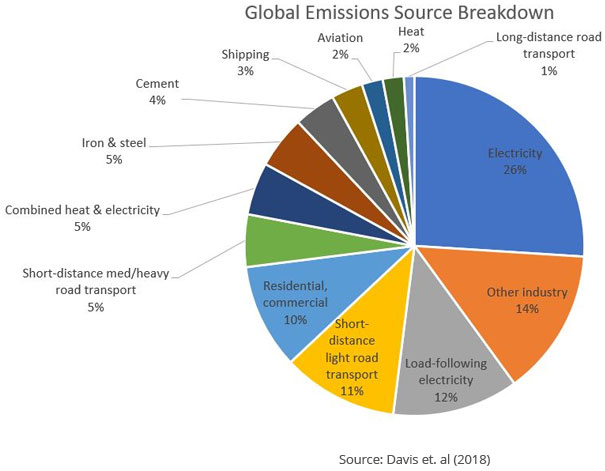The entire amount of greenhouse gas (GHG) emissions produced both directly and indirectly, by a person, group, activity, occasion, or goods is known as their “carbon footprint”. It is computed by adding up all of the emissions that come from the manufacturing, use, end-of-life, and material production phases of a goods or service. GHGs, such as carbon dioxide (CO2), methane (CH4), and nitrous oxide (N2O), can be released during a product’s lifetime or lifecycle. Each of these gases has varying degrees of capacity to retain heat in the atmosphere. Each gas’s global warming potential (GWP), which produces a carbon footprint measured in mass units of carbon dioxide equivalents (CO2e), accounts for these variations.

Product Carbon Footprint
Greenhouse gases are also released by consumer goods and services before, during, and after their useful lives. Thus, the acquisition of raw materials, their processing, manufacture, and distribution, as well as their use and transformation into garbage that is disposed of in a landfill, recycled, or reused, are all the first steps in the pollution cycle. Events like concerts, plays, and sporting events, among others, have a large carbon footprint because of things like transportation, energy use, garbage production, etc.
Standards
To qualify for Carbon Footprint, the footprint measurement must have been completed in accordance with one of the internationally recognized standards.
- Organizational Footprint – WRI Greenhouse Gas reporting and
- Product and Service Footprint – PAS 2050:2011, Greenhouse Gas Protocol Product Standard and ISO 14067:2018
-

CO2 Assessed Organization
-

CO2 Assessed Product
-

CO2 Assessed Service
-

CO2 Reduced Organization
-

CO2 Reduced Product
-

CO2 Reduced Service
Purpose
It could seem counterproductive to invest in reducing carbon emissions solely from a business standpoint. But that isn’t even close to being true. Remember that customers will demand environmental responsibility from the firms they patronize as they become more aware, proactive, and vocal about the issue of protecting the environment.
Therefore, there are numerous incentives for your brand to invest in decreasing emissions in addition to following rules.
- Regulatory Environment and Carbon Footprint
- Impact on Reputation and Brand Value
- Financial Implications of Carbon Footprint
- Risk Management and Carbon Emissions
What’s New? - International Climate Intellegence System
-

January 25,2024
Embracing Change: Developing Elements in Environmental Change and Maintainability
In the steadily advancing scene of environmental change and maintainability, late improvements have carried the two provokes and potential open […]
-

January 25,2024
Empowering Success: Unveiling the Impact of EPD on Client Businesses
In today’s comprehensive exploration, we delve into the transformative power of Enterprise Project Management (EPD) by weaving a narrative around […]
-

January 13,2024
COP28 in Dubai: A Far reaching Survey of Environment Responsibilities and ICIS’s Essential Help
In December 2023, the dynamic city of Dubai played host to COP28, a significant second in the worldwide quest for […]